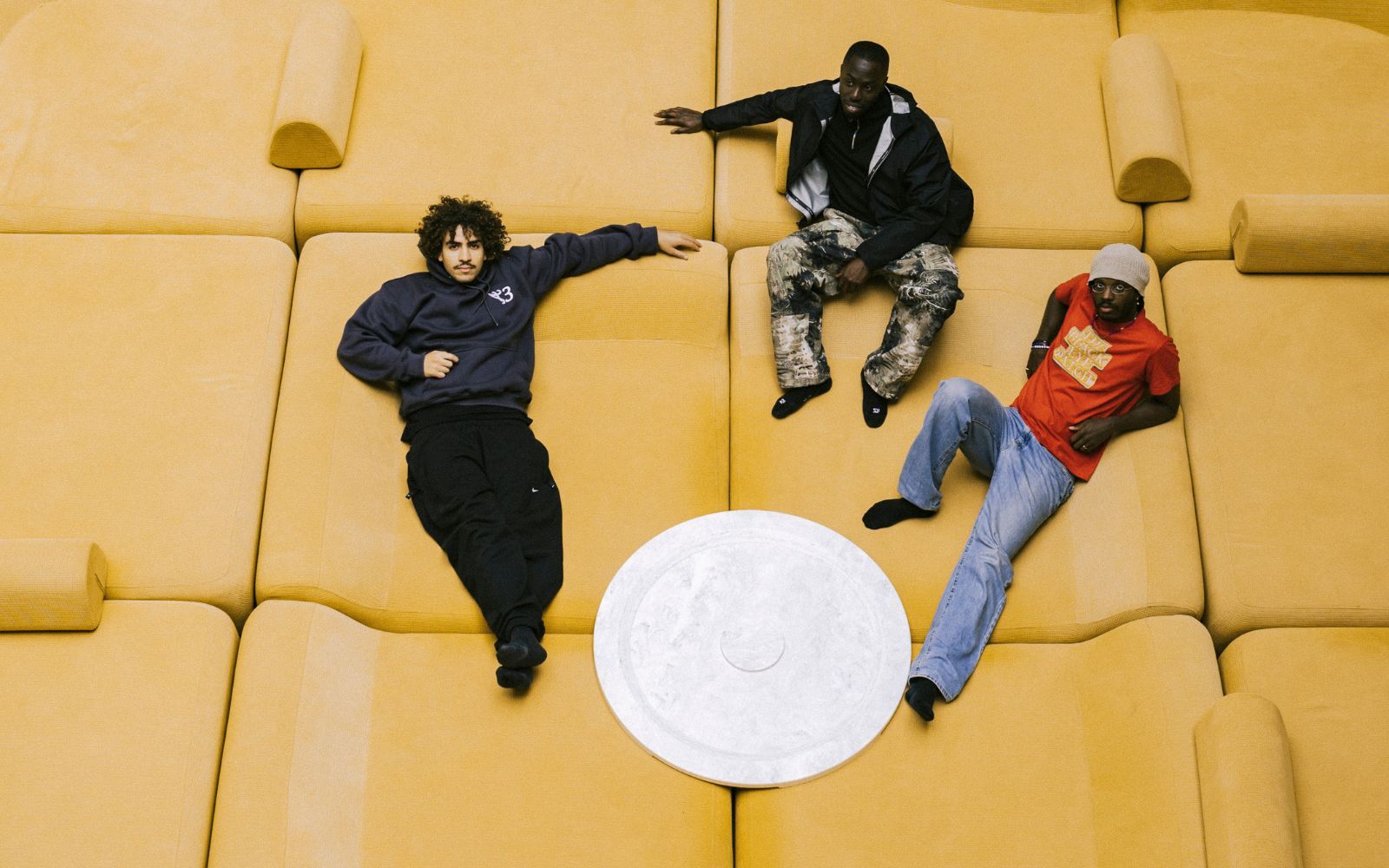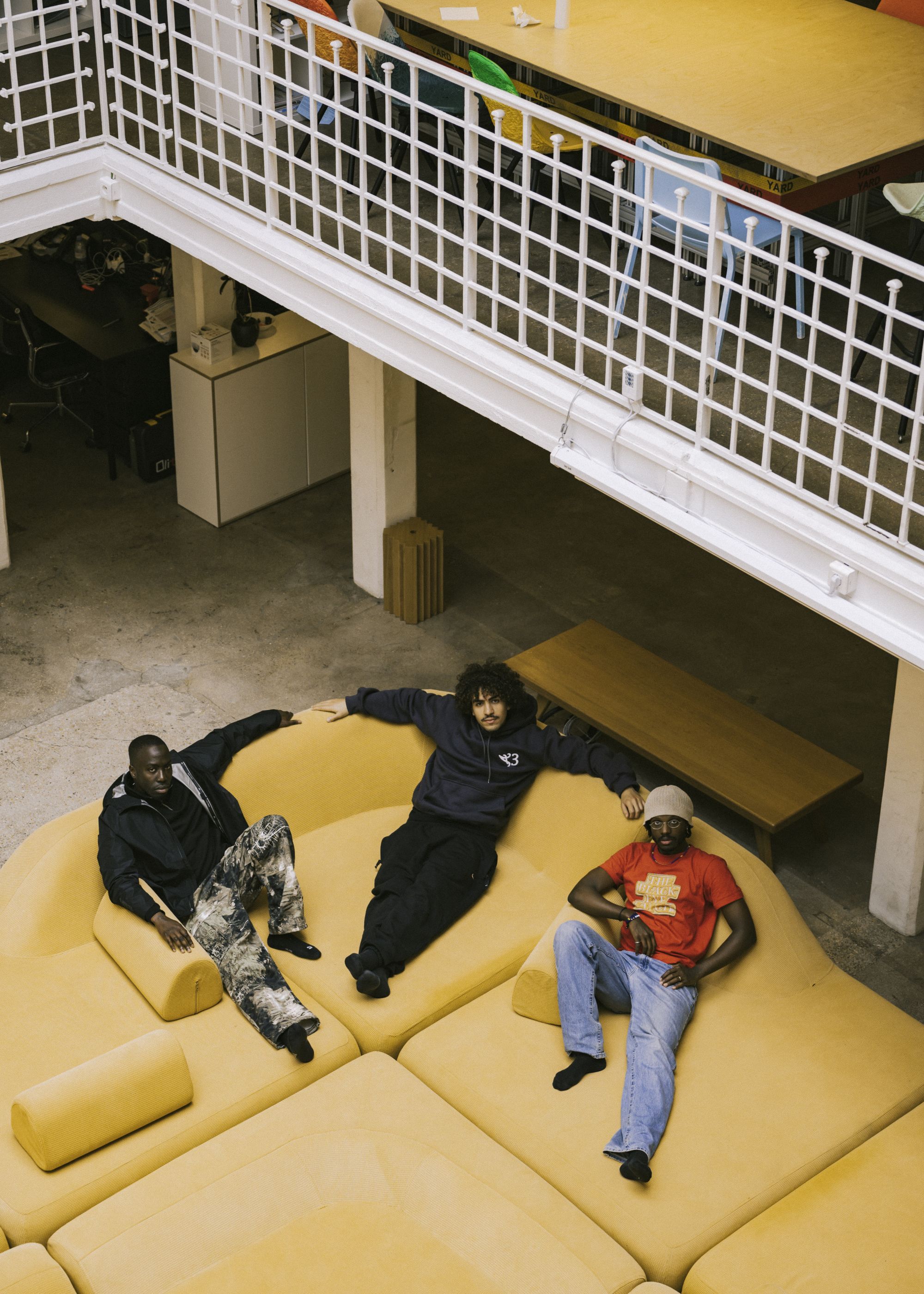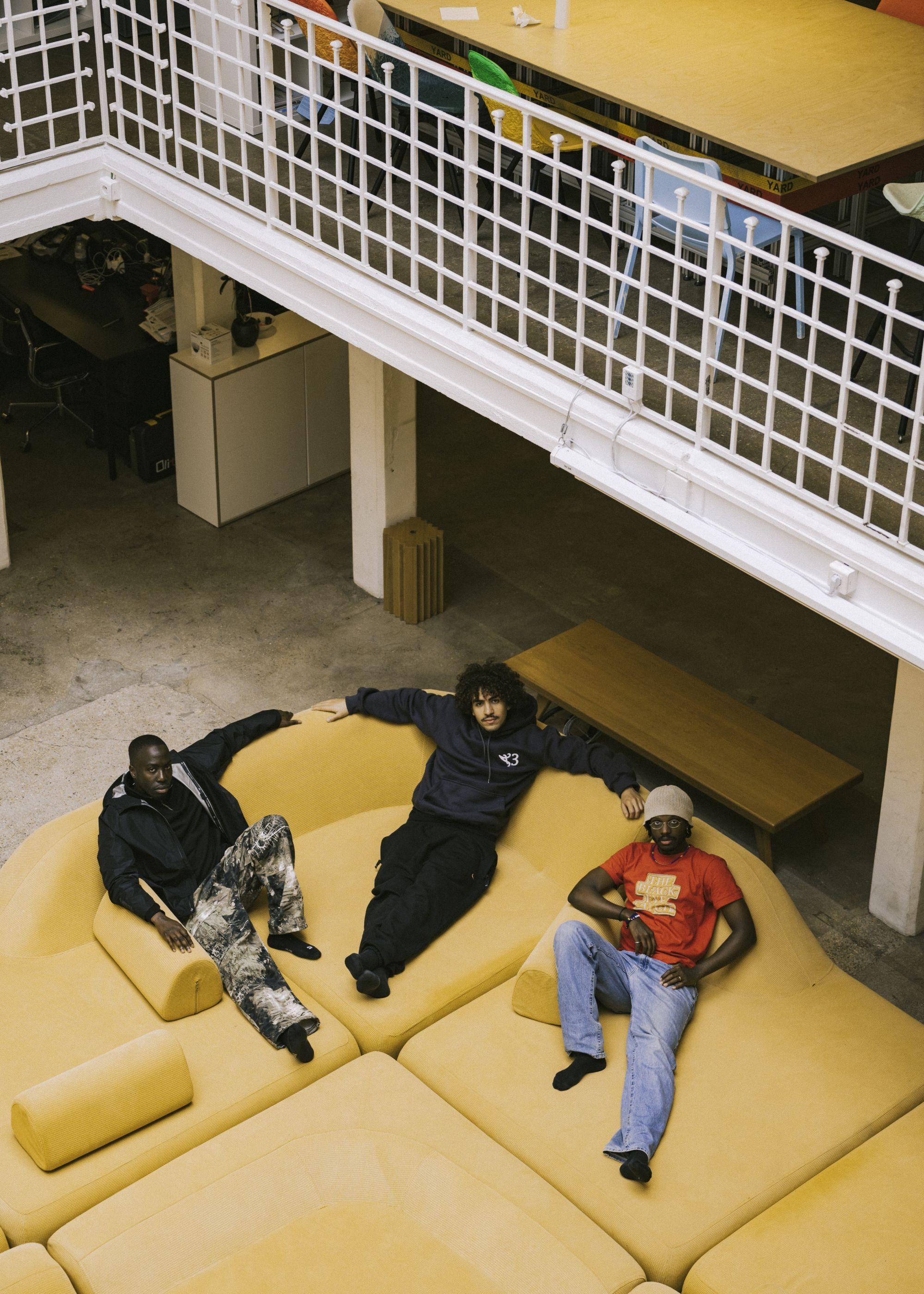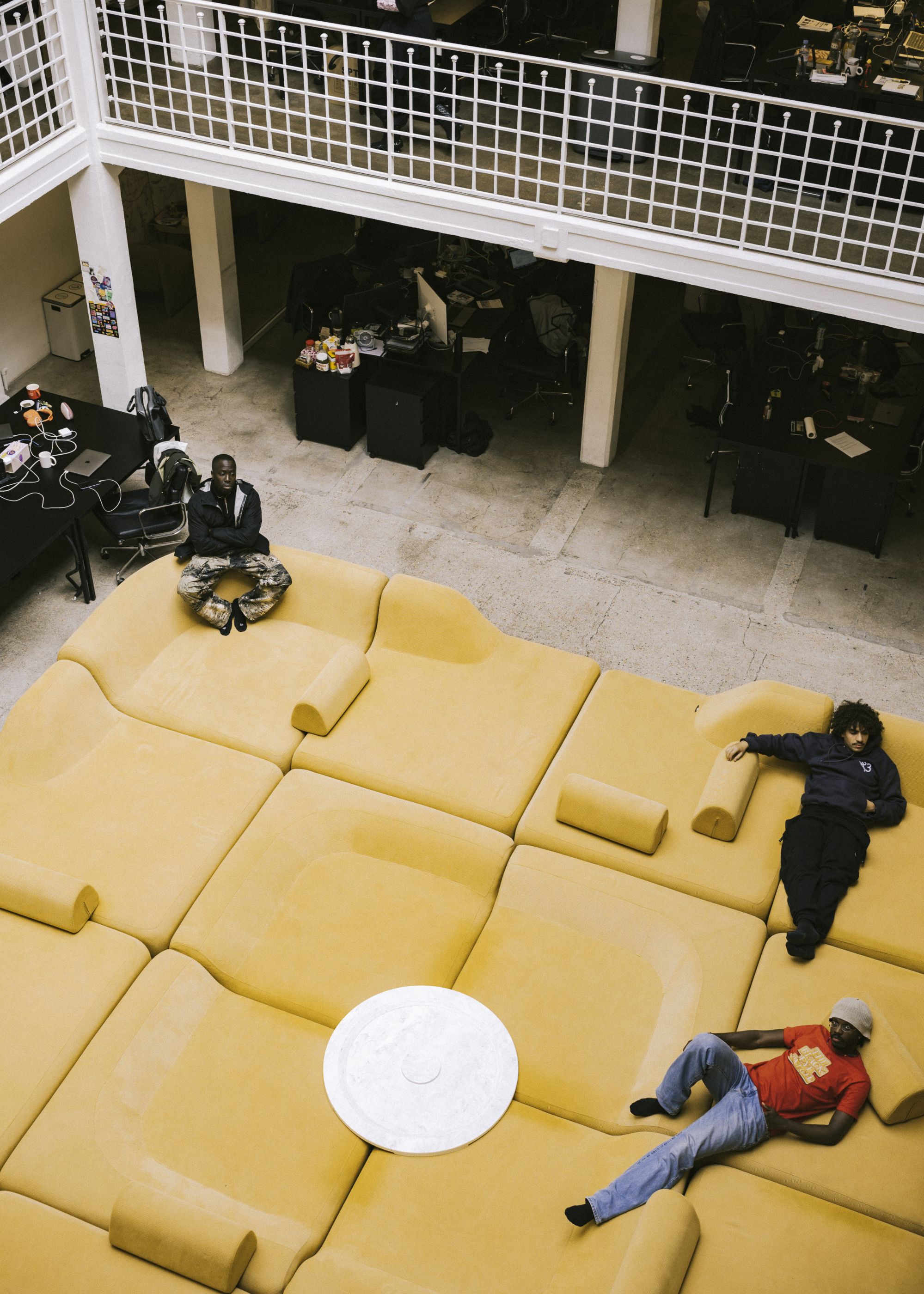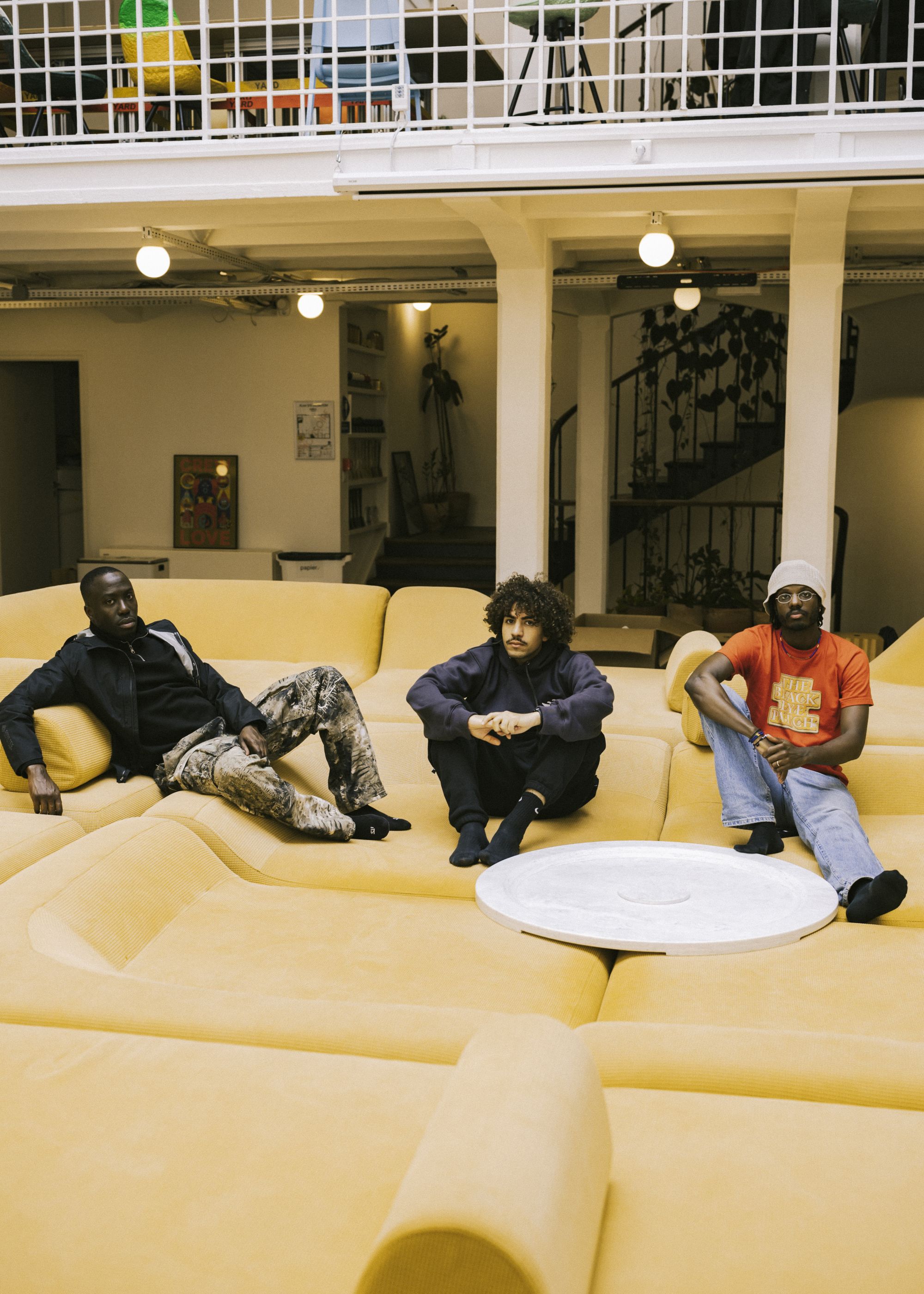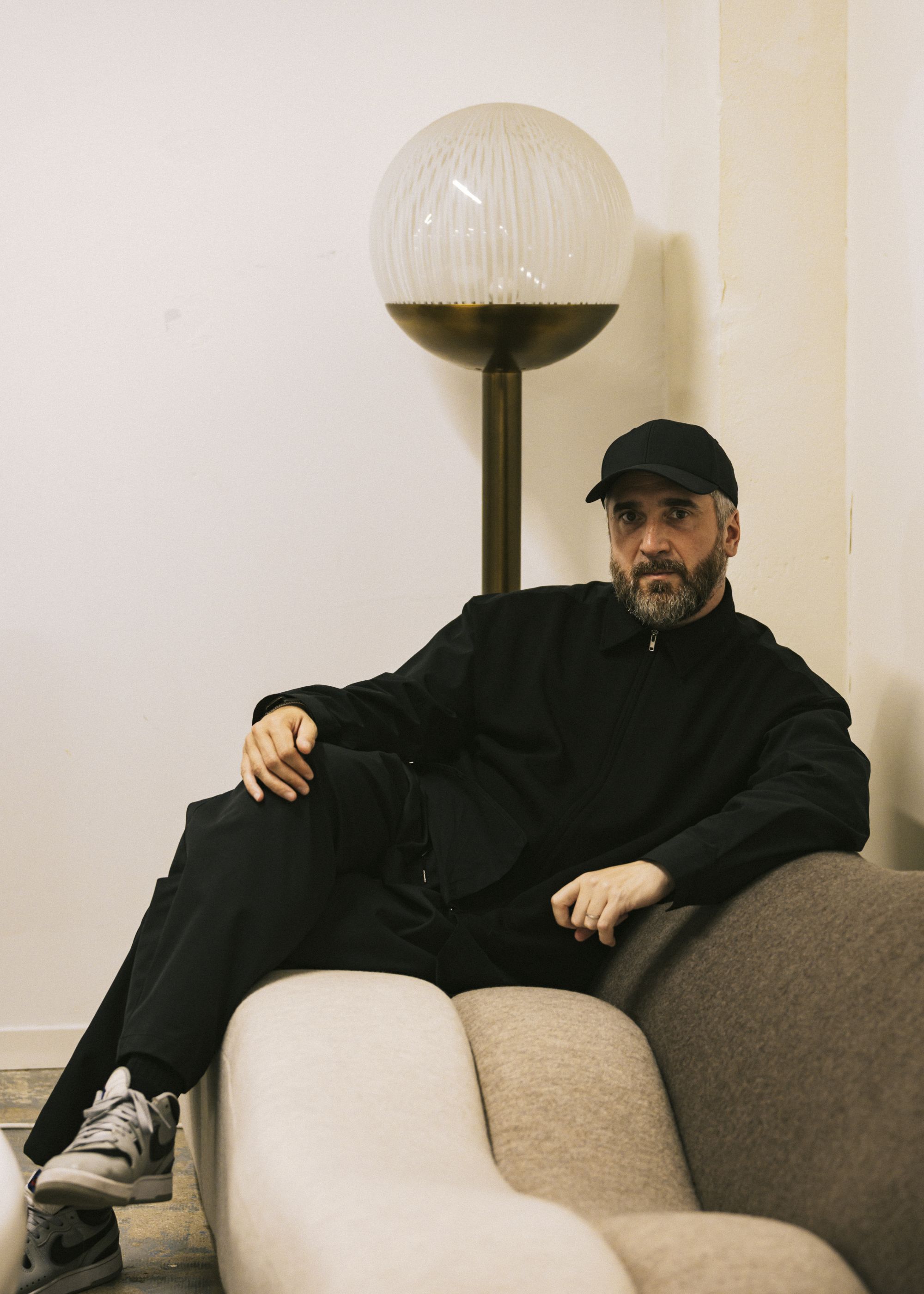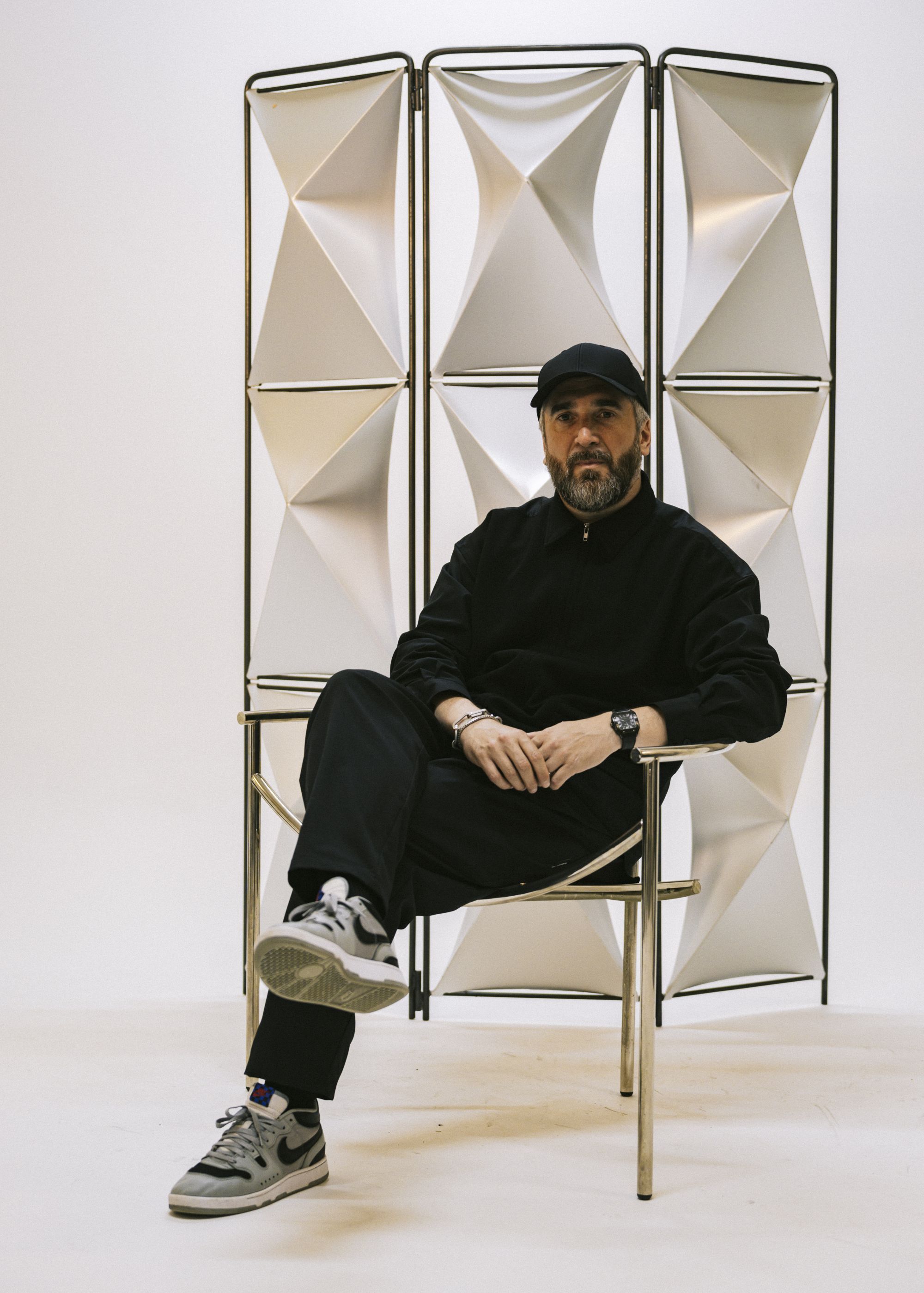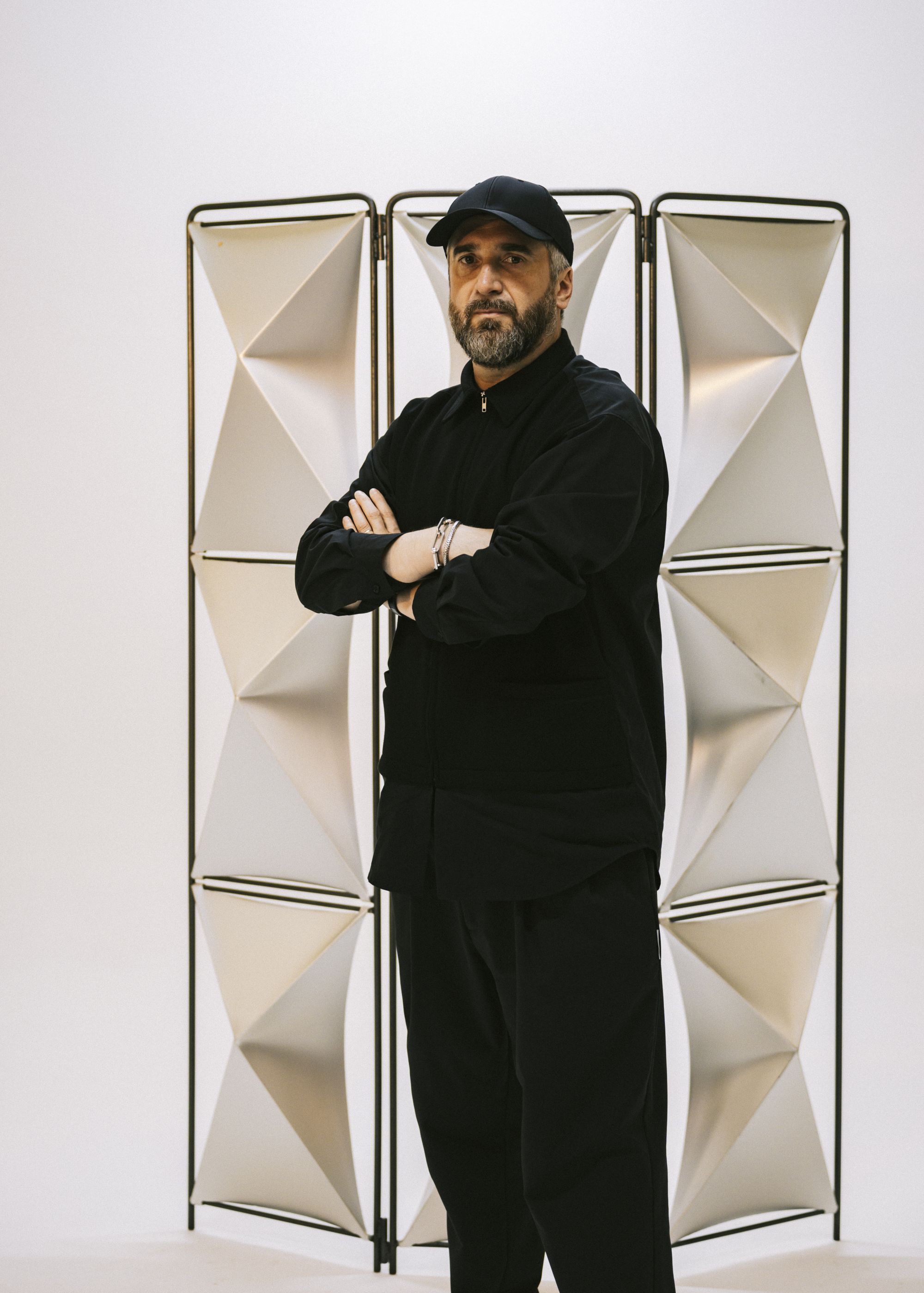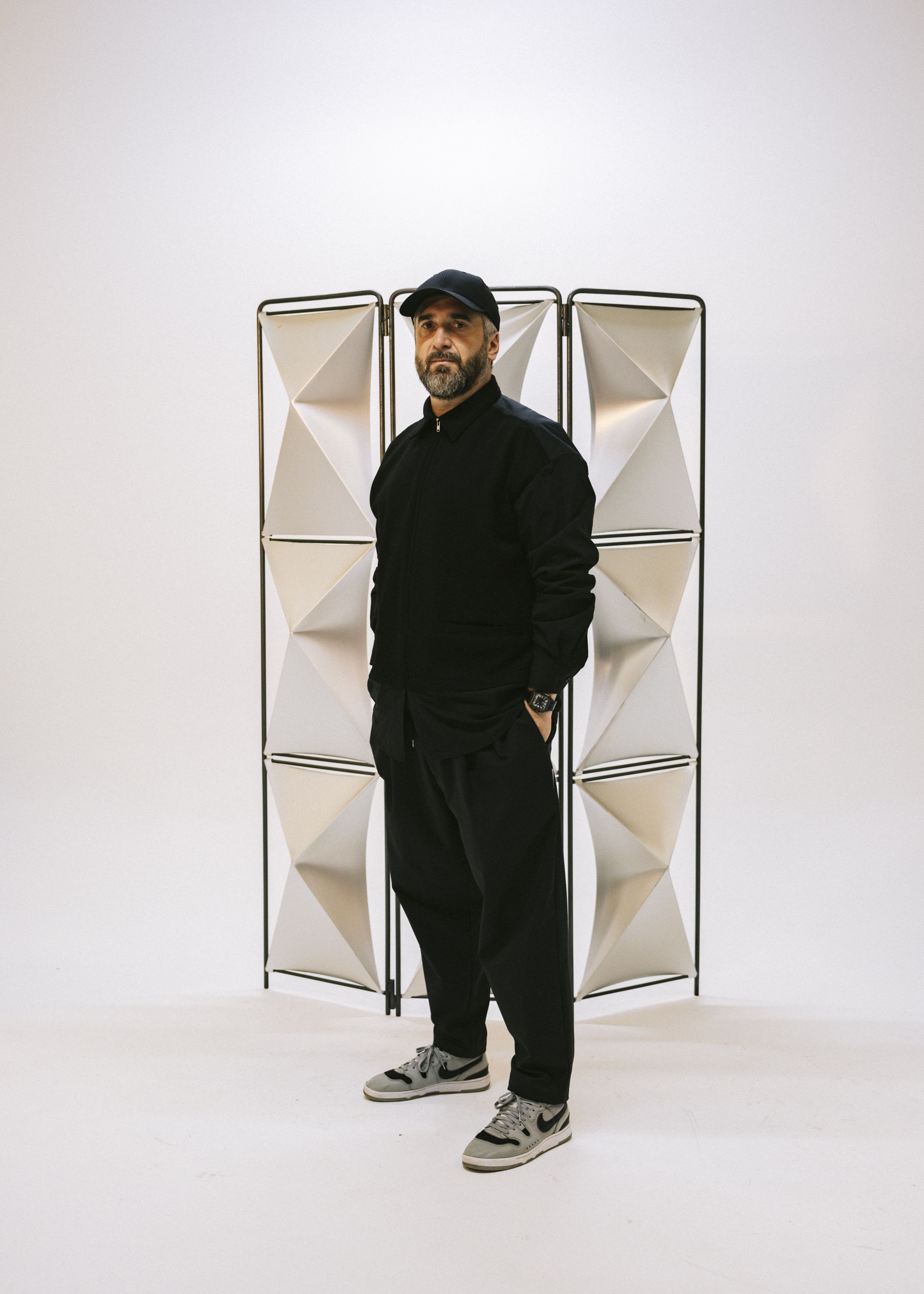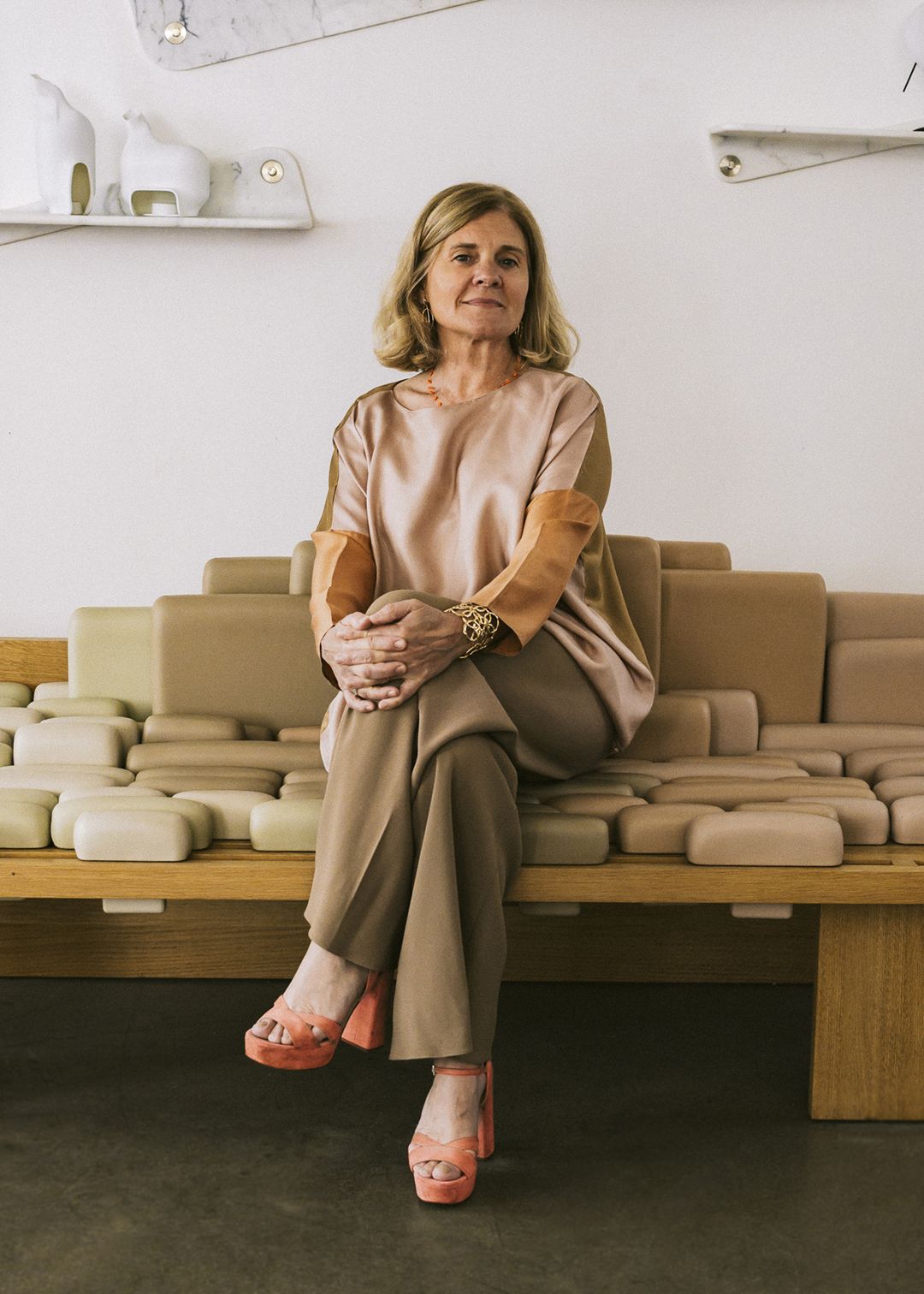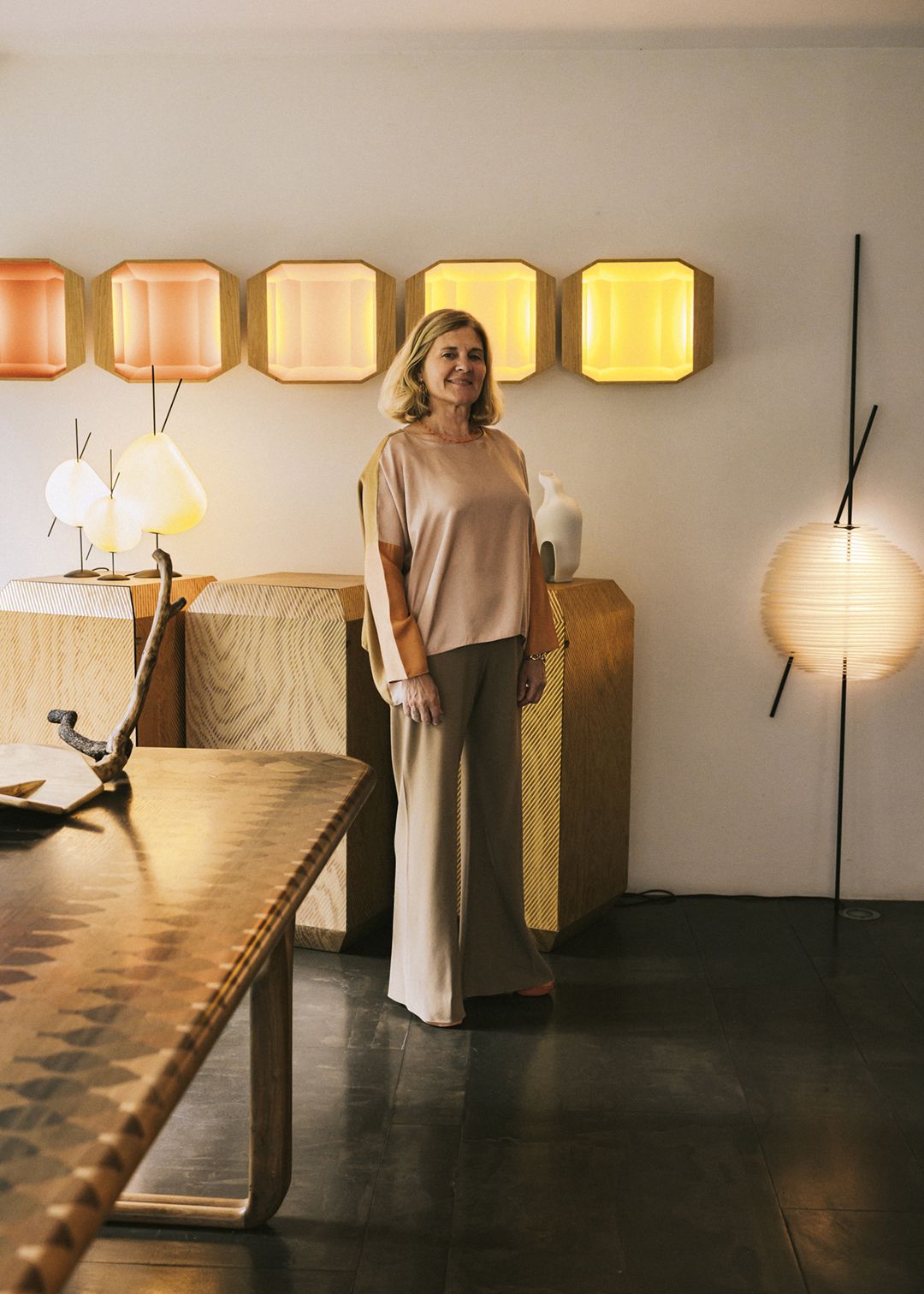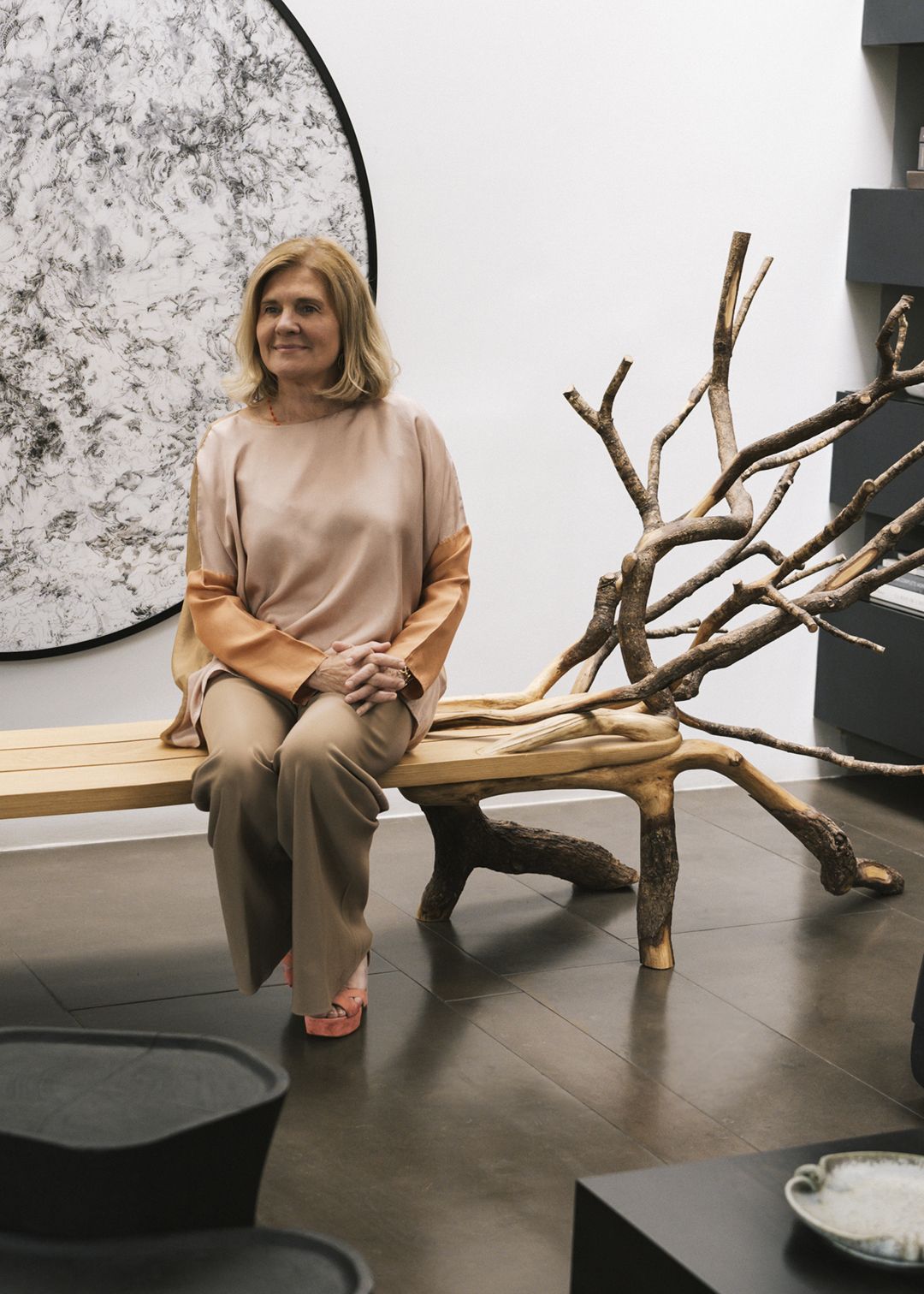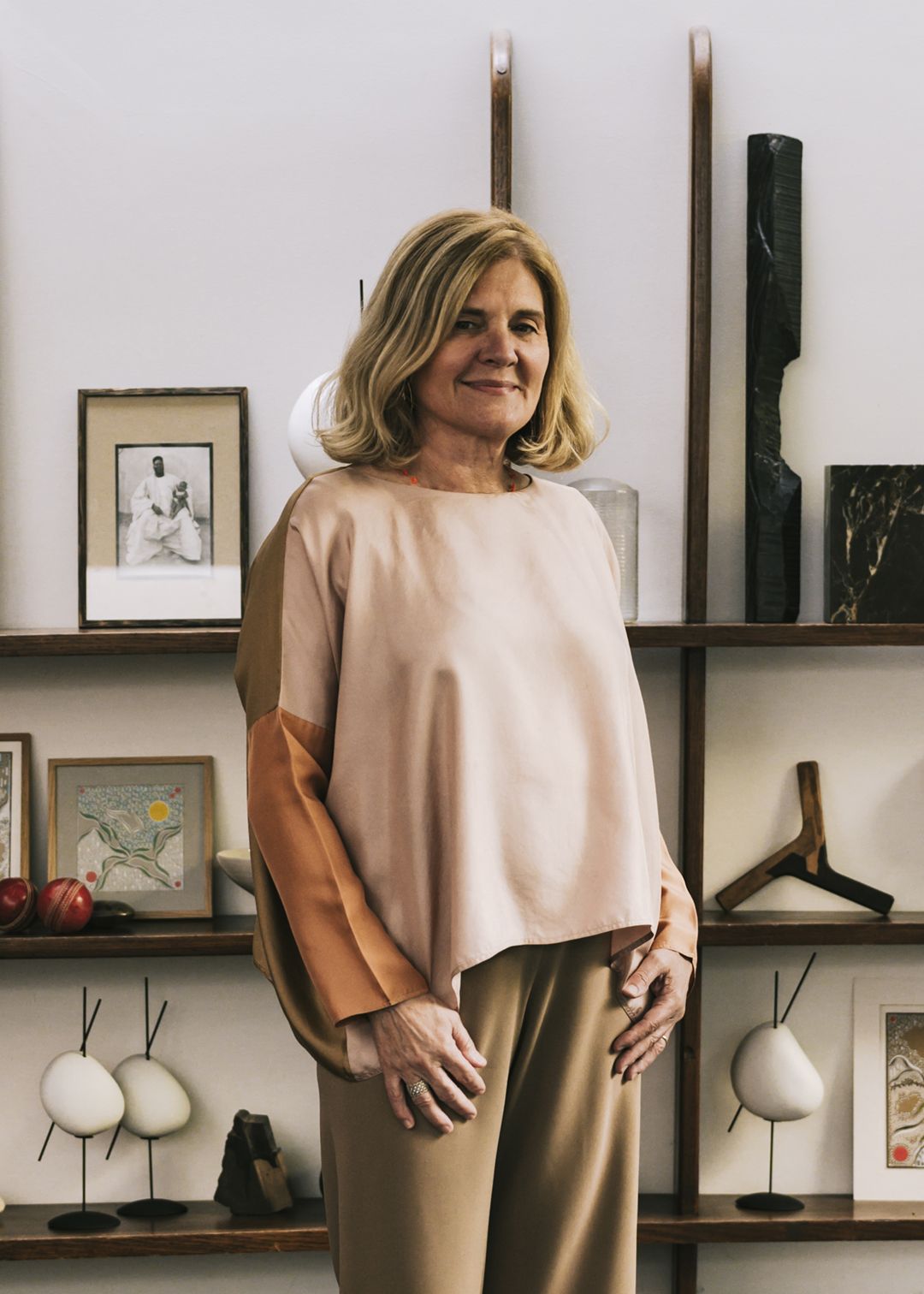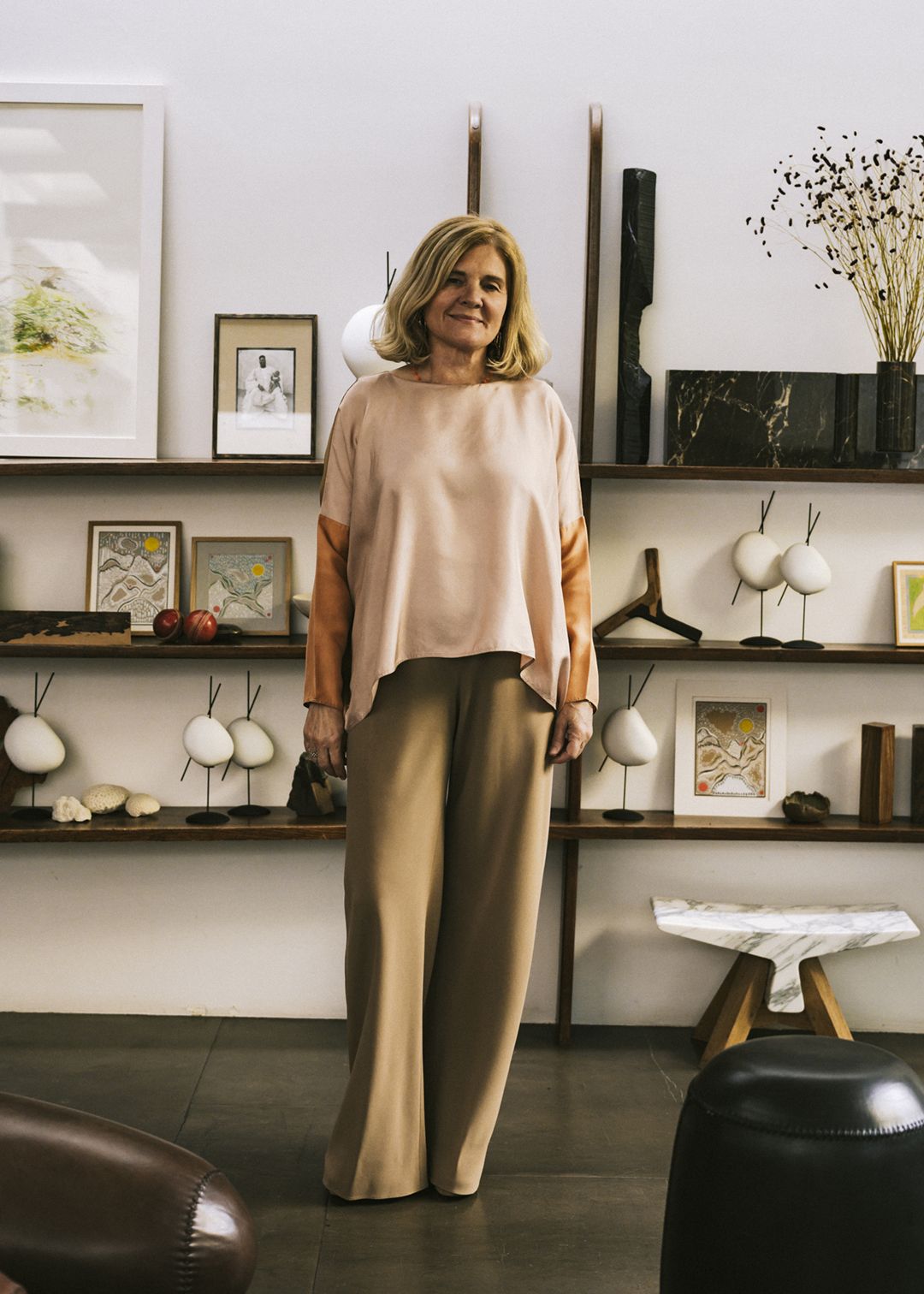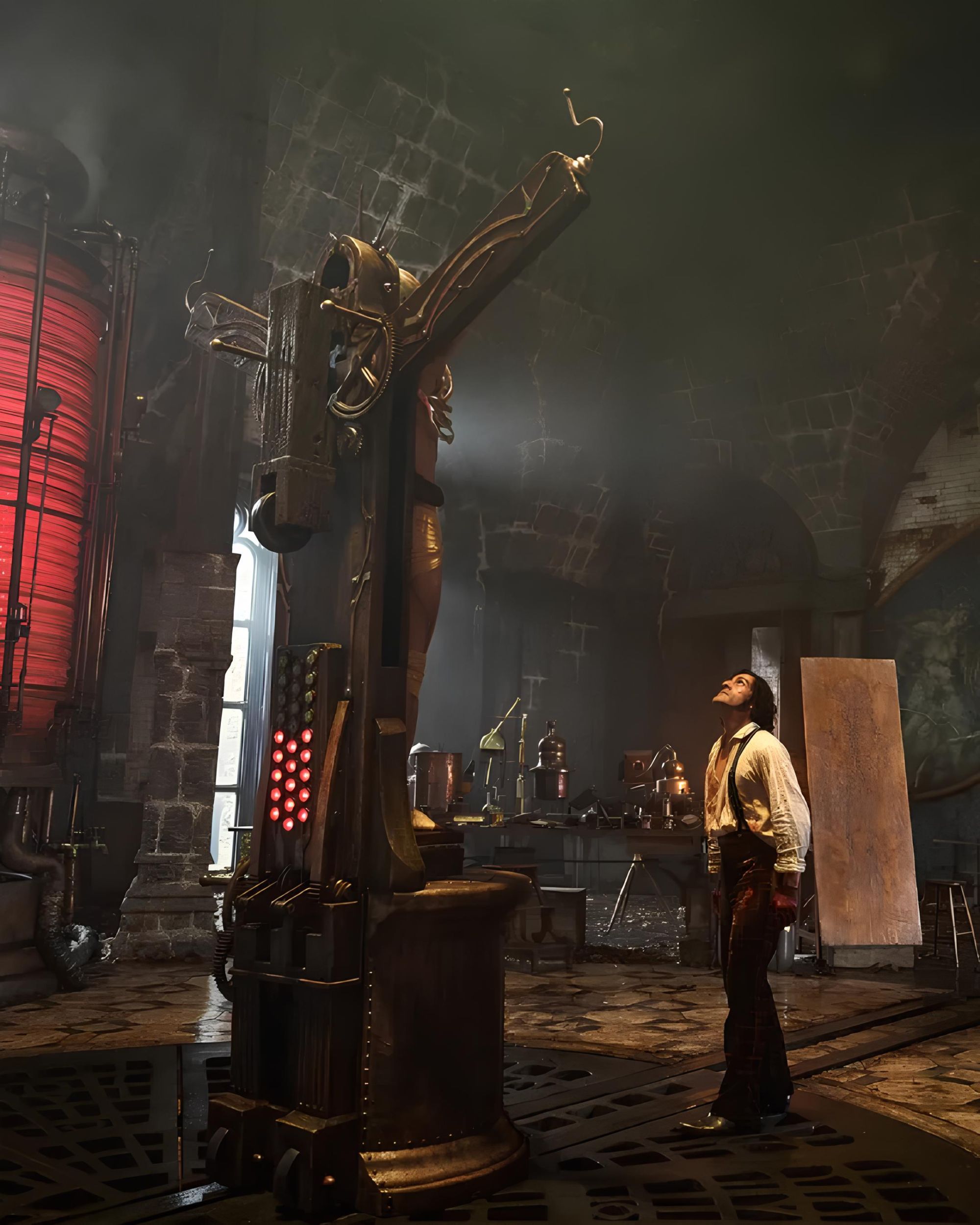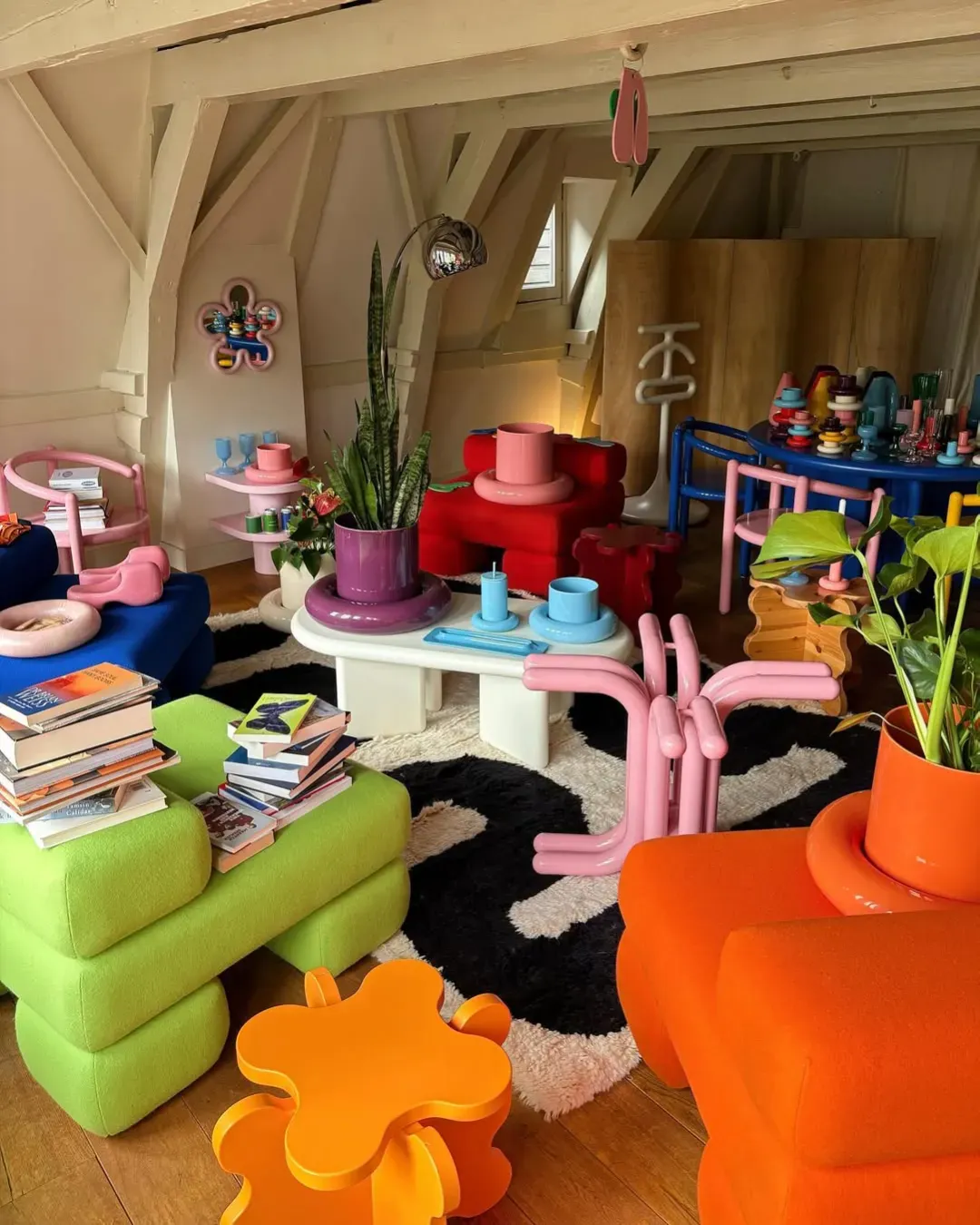
How’s Parisian design doing? Q&A with Galerie Paradis, Valérie Maltaverne and Hall Haus
They are among the most revolutionary figures in current Parisian design, shaking up the sector and pushing it towards new horizons. Johan Delpuech and Nathalie Bucari lead the duo at Galerie Paradis, a space that features a curated selection of restored and revalued 20th-century furniture and objects, with the mission of making design accessible to as many people as possible. Valérie Maltaverne, named Chevalier des Arts et des Lettres in 2019, continues to transmit French savoir-faire with Ymer et Malta, her house of creation for contemporary art objects and furniture, following the Slow Made approach. Zakari Boukhari, Teddy Sanches, Sammy Bernoussi, and Abdoulaye Niang are the four young members of Hall Haus, a collective specializing in the social approach to design. We brought them together to assess the state of Parisian design.
What distinguishes Paris in terms of design?
Johan and Nathalie: Paris is a city where design is intuitive, steeped in history and culture. Here, craftsmanship, unique materials, and the mix of styles are highly valued. There is often a poetic and primal approach, and more eclectic and expressive designs are embraced.
Valérie Maltaverne: Unlike other design capitals, Paris has a complete ecosystem with schools, galleries, antique dealers, museums, auction houses, world-renowned architects, and decorators.
Hall Haus: Paris has a unique relationship with fashion, which plays a crucial role. The way people dress is a source of inspiration for all artistic expressions, including design.
Is there room for emerging artists in Paris?
J&N: Yes! Galleries, concept stores, and events provide platforms to exhibit and sell creations. Institutional initiatives and incubators offer financial and professional support. And the community is collaborative.
V.M.: This city remains one of the most open capitals, bringing together creators from all backgrounds. Talent and craftsmanship can emerge anywhere, but Paris remains an irreplaceable showcase to present them to the world!
H.H.: Recently, there has been an openness to new formats, which helps emerging artists. However, newcomers often have to learn to manage every aspect of their project. But this isn't necessarily a bad thing, as it allows them to develop a range of skills.
What role does design play in the development of the French capital?
J&N: Design is an essential driver of Paris's urban and economic fabric. In this context, studios have the responsibility to make spaces more functional and aesthetically pleasing to help improve the quality of life for residents and enhance the city's attractiveness to visitors and investors.
V.M.: Paris has a unique aesthetic heritage. Design must be present everywhere to continue enriching it or to correct mistakes. The challenge is to preserve a rich heritage without being stuck in the past. Some recent projects, such as La Samaritaine, the Pinault Foundation, or the LVMH Foundation, have found this balance.
H.H.: Working on public spaces and usage. Design should not exist by itself but through people. In this context, even a trash can become a work of art. But it's not easy!Cette interview est un extrait de Ti Amo Paris, un livre de nss magazine célébrant la coolitude parisienne. Cliquez ici pour en savoir plus.










































